Overview
ZenSpace is a VR experience focused on aiding the physiotherapy process by providing both mental and physical rehabilitation.
It is designed specifically to be functional in physical rehab, but also motivate the patients to complete their therapeutic sessions, by providing a "virtual therapist", and combining their daily exercise regimen with an exciting narrative to enhance their virtual reality experience.
Recognition
Selected for Late-Breaking Works at IndiaHCI'19
“Top 5 Solutions” for Accenture XR Hackathon
Contribution
Research + Strategy, Storytelling, Unity Scene Design, Prototyping, User Testing
Duration
2 weeks
Team
Mayank Kinger, Yugvir Parhar, Shwetha Subrimanian, Nitya Baskar, Mayank Gupta
Background
This project was made for a hackathon named Hack Your Reality hosted on HackerEarth. We were given three themes to choose from and we went ahead with "XR in Healthcare and Life Science". We decided to create a VR experience that aims to aid the physiotherapy process to patients by providing both mental and physical rehabilitation. Our work is also accepted as a poster presentation under Late-Breaking Works at IndiaHCI 2019.

User Research
Telephonic Interviews
We realized that to tackle the development we must first narrow down on our goals and properly understand the problems with the current physiotherapy regimes. We talked to some physiotherapists, occupational therapists, and patients currently undergoing physiotherapy and concluded the following problem areas that we would address:

Monotonous exercises often cause patients to lose motivation.

Inability to visualize and track their progress record.
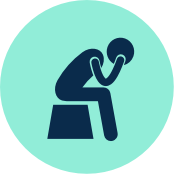
Trauma, depression and various stress orders.
Persona Development
After conducting interviews and understanding the major user pain points, we combined all of our research to create personas in order to aid our design solutions.

Ideation
After weighing all the goals and frustrations of the user, we designed multiple target statements we wanted to address:
- The experience has to cater to physical rehabilitation, thus we must include exercises in the VR experience.
- To enhance attentiveness and keep patients coming back to the treatment, we would make the VR experience narrative-based.
- To tackle the monotonicity of the exercises, they should be gamified and disguised in the narrative itself.
- A virtual assistant (which we named Claudia) who could act as their guide through the VR experience as well as help them attain a positive outlook by working as a "familiar".
Moodboard
We wanted our environment to have a serene and calming vibe. Our mood board focused on soothing visuals inspired by Japanese gardens such as bridges, stone lanterns, Buddhist sculptures, and elements of nature including ponds, beaches, glowing lights, and lots of greenery. We even included animals and birds to bring interactivity and liveliness in the environment.

Storyboard
We broke down the story into six main scenes, according to which, the environment was accordingly designed. I wanted to create a relaxed and natural feeling of the design to let users feel hospitable, supportive, and easy-going. Each scene has the intention of invoking a particular action by the user that relates to their exercise regimen.

Underlying Architecture
The user interacts with the environment using the VR gear. We used the IBM Watson Tone Analyser to create a reliable chatbot with multiple intents to detect different moods and lead the narrative on the basis of the user's condition. To make the chatbot omnipresent and to make sure the interactions are intuitive, we use the Speech to Text and Text to Speech functionalities in our code.

Version 1
When it comes to creating a VR experience, the most important thing you need to impart to your player is a sense of being. They need to feel as if they really are on another planet, or exploring a medieval empire. Because of this both character and environment design are vital to ensure this sense of immersion. We used pre-existing assets from the Unity store keeping our inspirations in mind. For our first review session we had a midpoint deliverable with the following scenes:
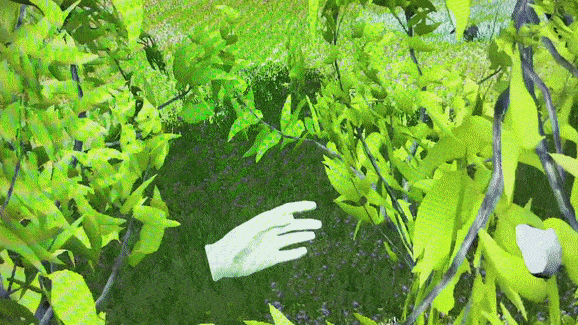
The character rig created a sense of uncanny valley effect.
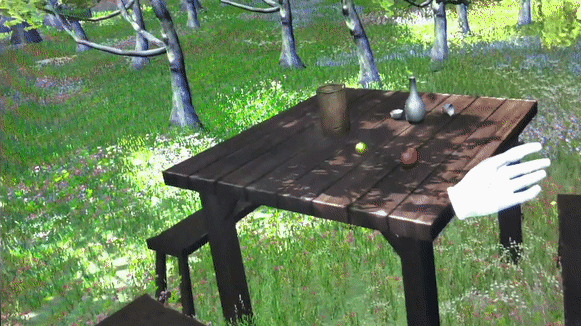
Users were confused about interacting with the objects.
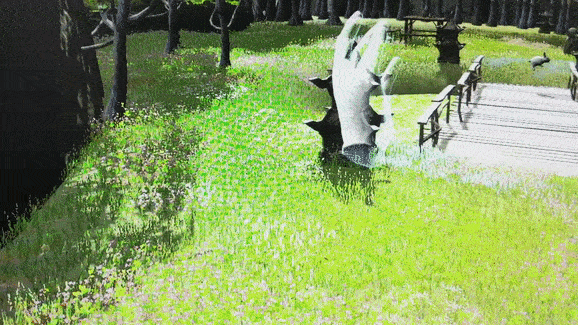
The water shader was highly reflective and unrealistic.
User Testing
With our first round of assets done it was time to a user test. We had an informal demo session with fellow members at the lab, as well as some passers-by during a public lab session.

“There’s not much here is there?”
Users began interacting in the VR environment with no guidance, with the goal being to observe if they picked up on different cues and interact with the elements. Some of the key findings and changes included:

Version 2
We iterated our storyline based on feedback and critique sessions with fellow members at the lab, and also took into consideration technical constraints we found as we developed the application. Here are a few scenes of how the environment finally looked:
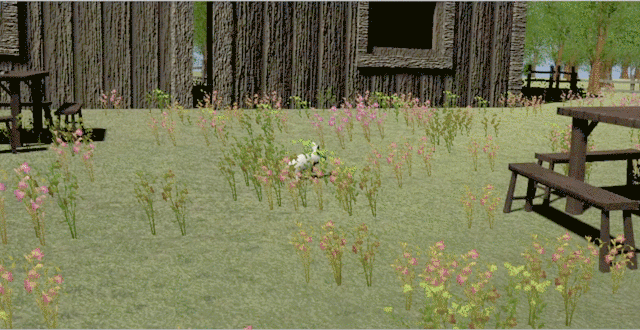
Inclusion of fauna and spatial sound.
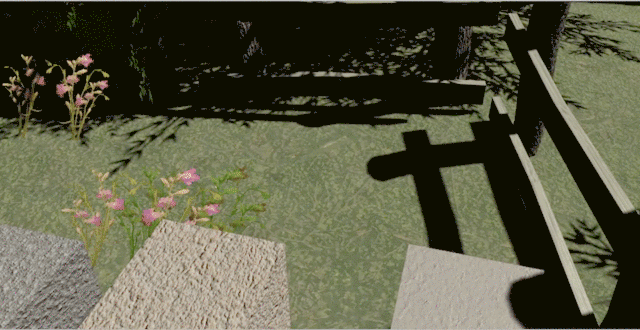
Users could interact with the boxes.
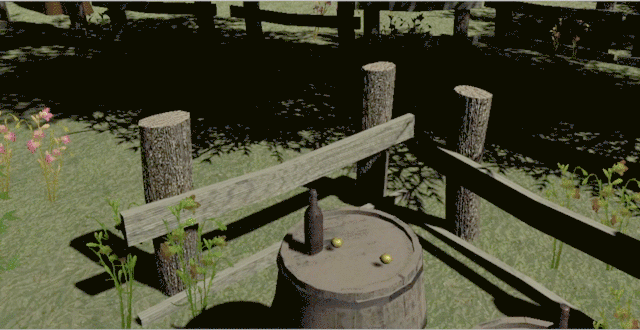
Users could play mini-games with objects.
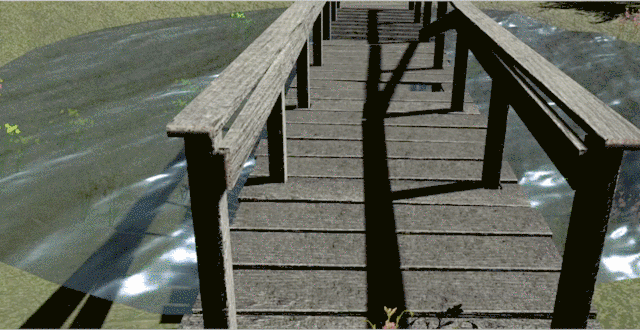
The water shader property was fixed.
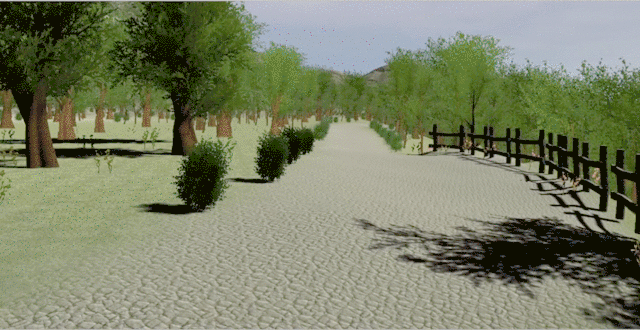
Explore your way down the guided pathway.
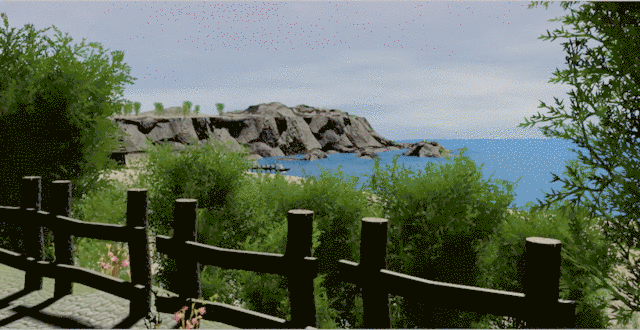
Inclusion of scenic beauty and landscapes.
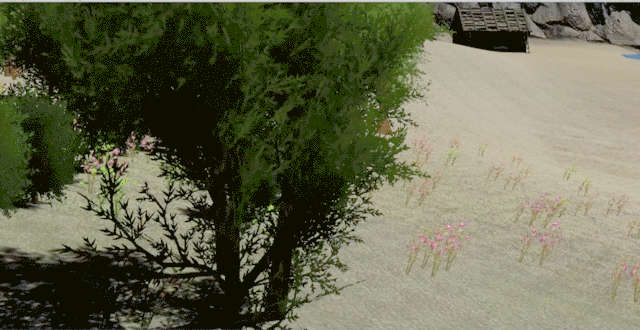
Walk down the seashore.
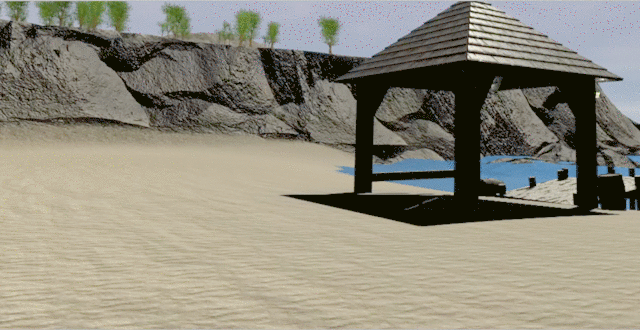
Take an excursion to the nearby cove.

Row the boat.
Recognition
Demo Video

Here is my team showcasing our work under Late-Breaking Works at IndiaHCI 2019.
Other Projects

PathAIHelping pathologists collaborate more efficiently
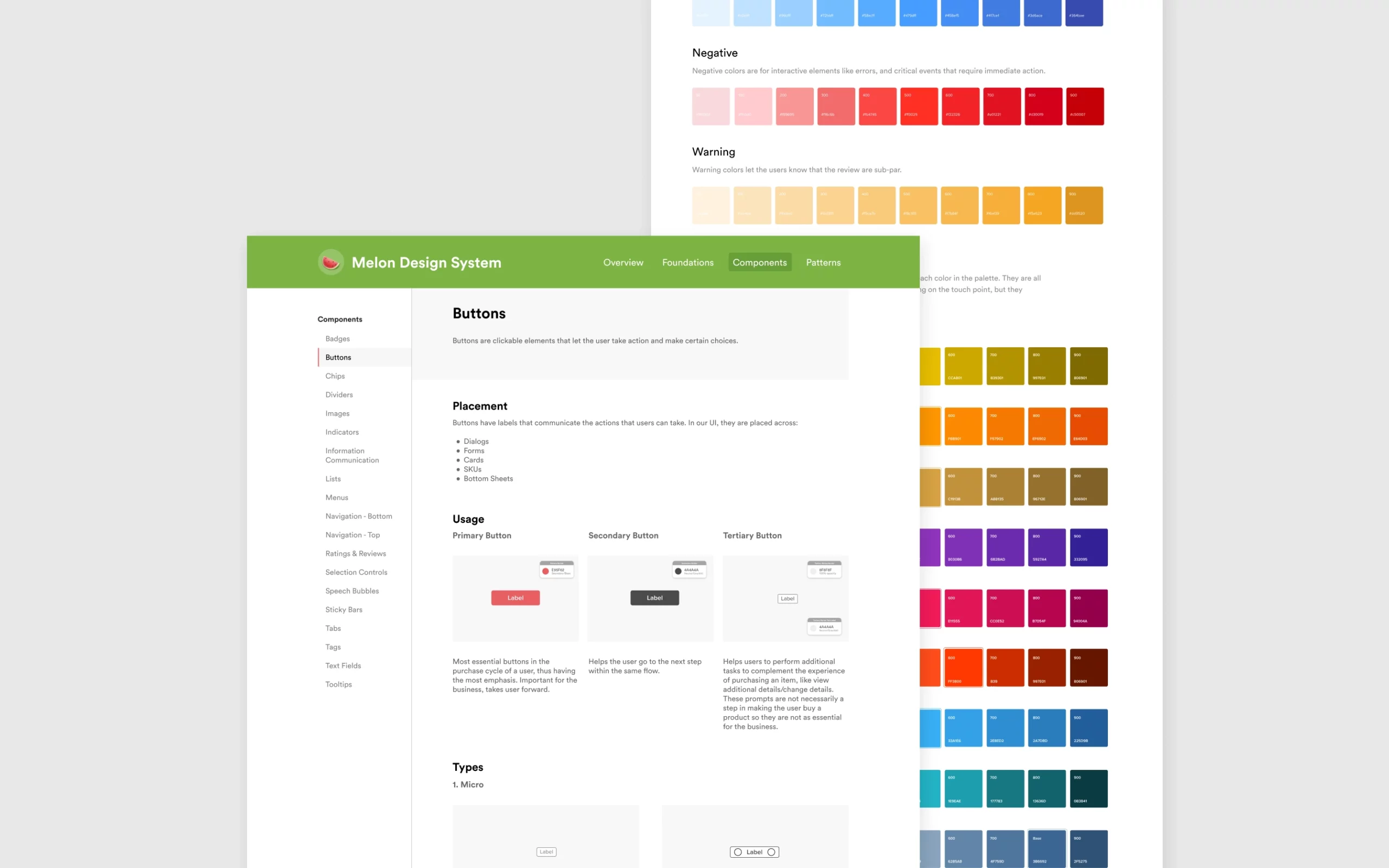
BigBasketDesign System for India's largest grocery delivery app

WalkityWearable device focused on assisting the visually impaired
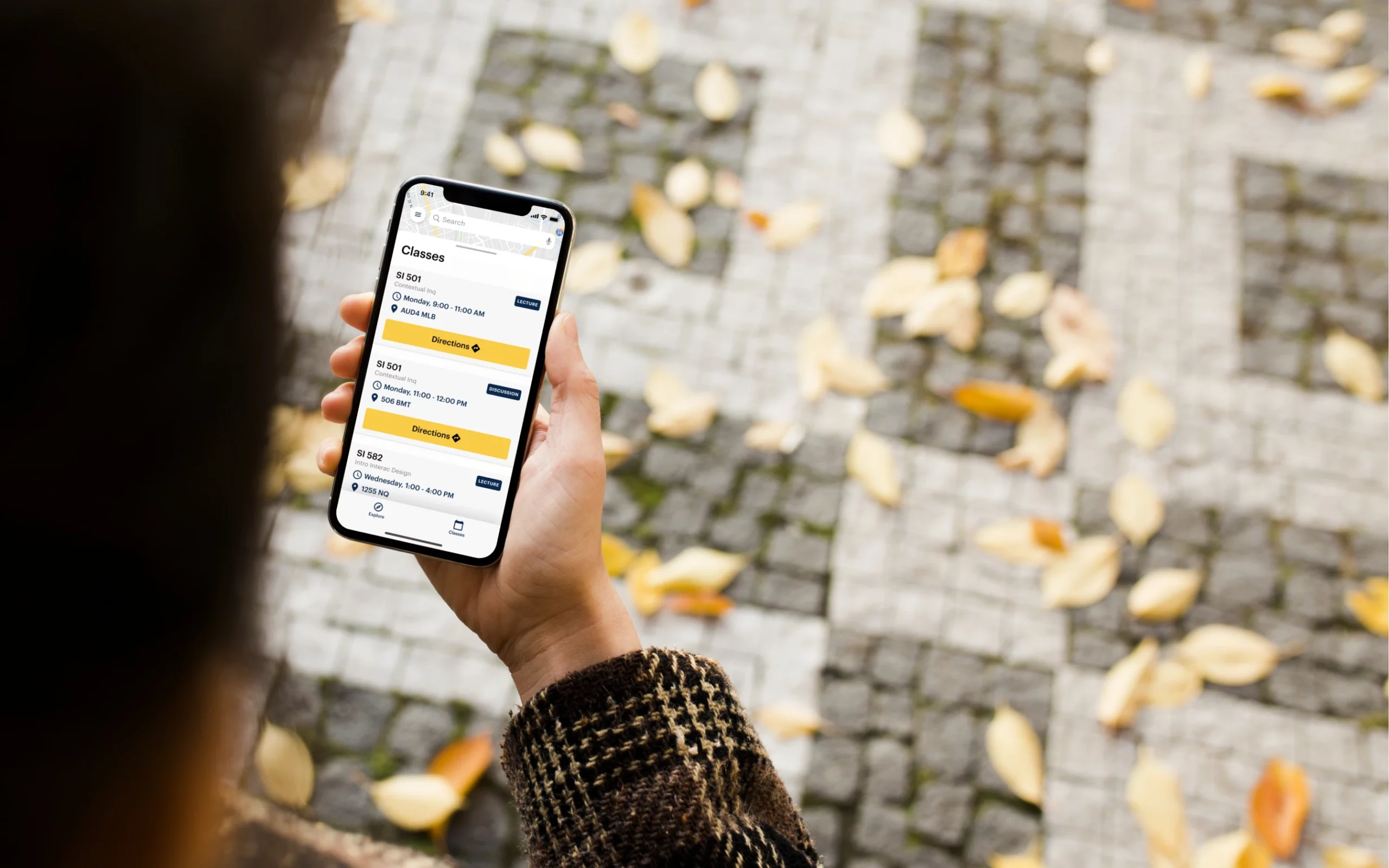
M-CompassMaking it easy for students to get around campus
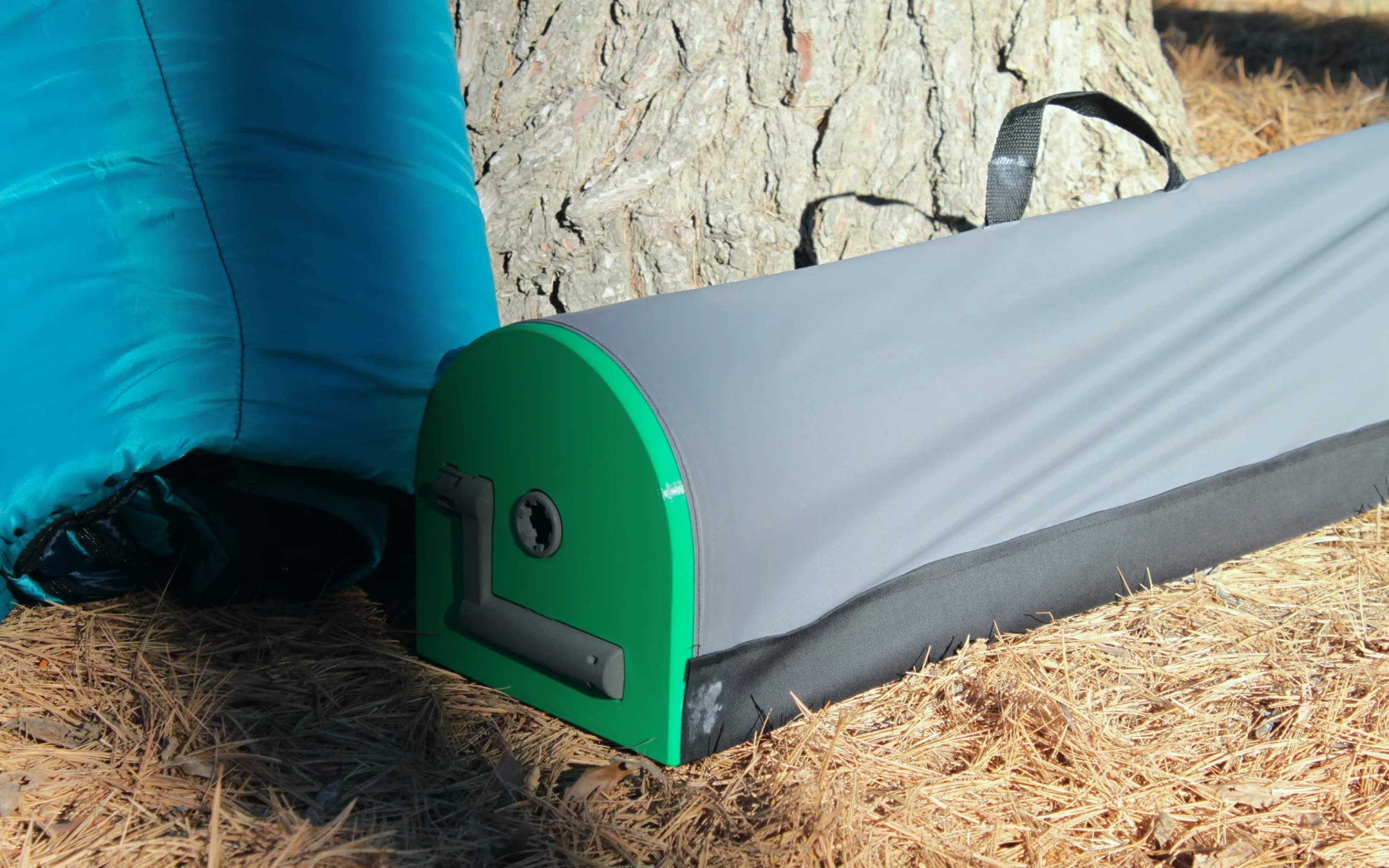
RolipoliAn adaptable device to fold and store your sleeping bag
If you’re looking to work with me or want to grab some coffee, feel free to email me at kingermayank@gmail.com